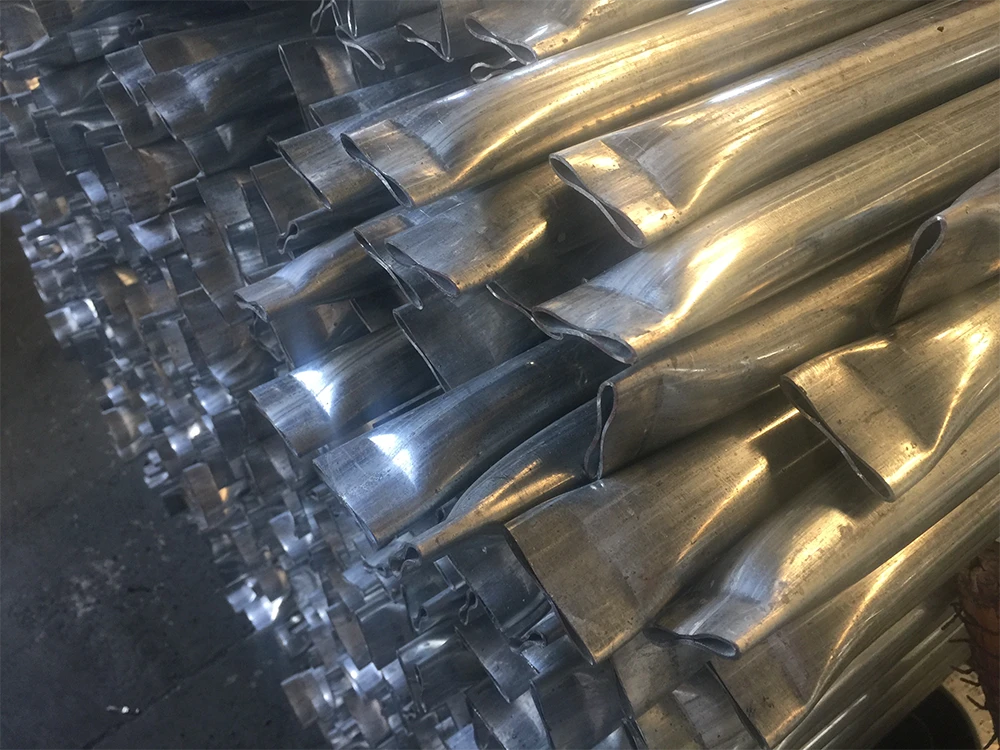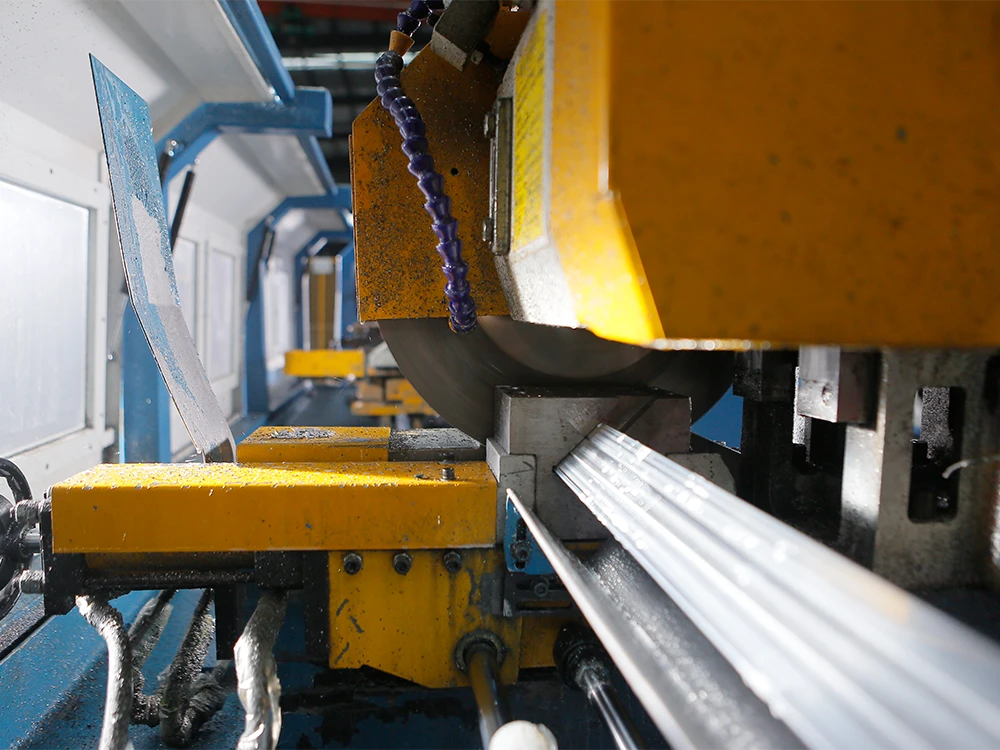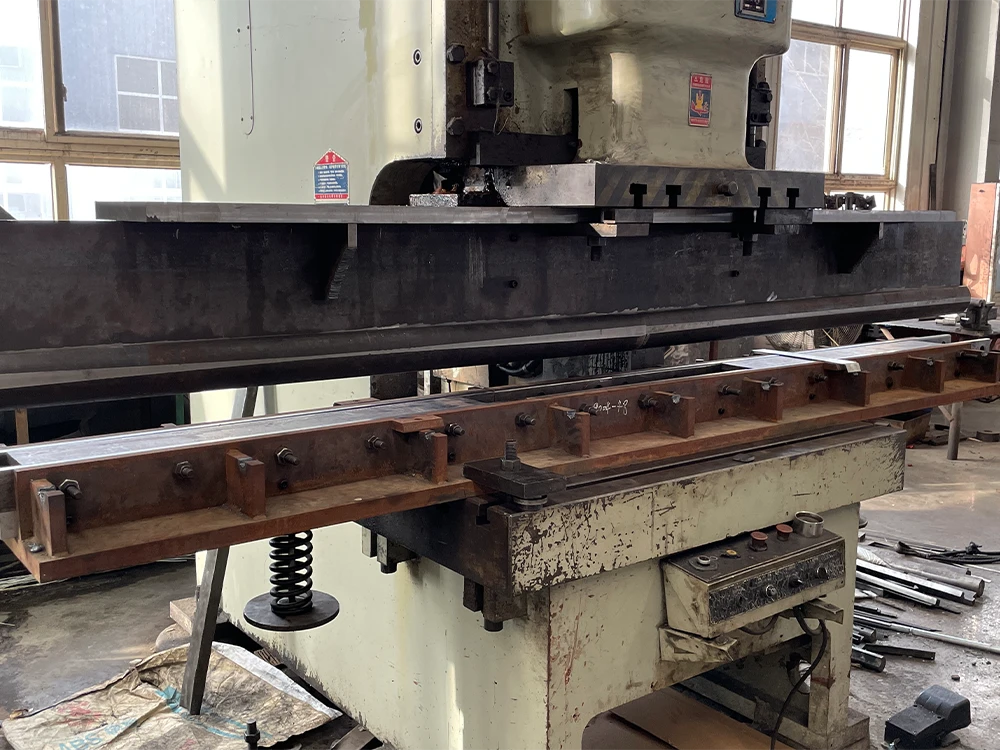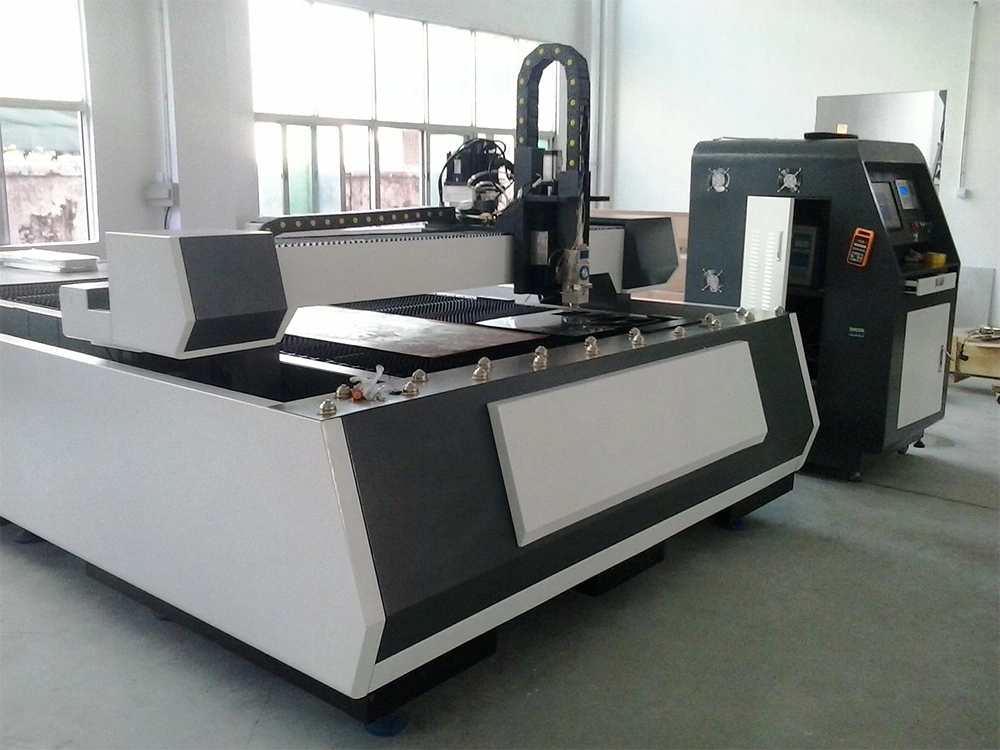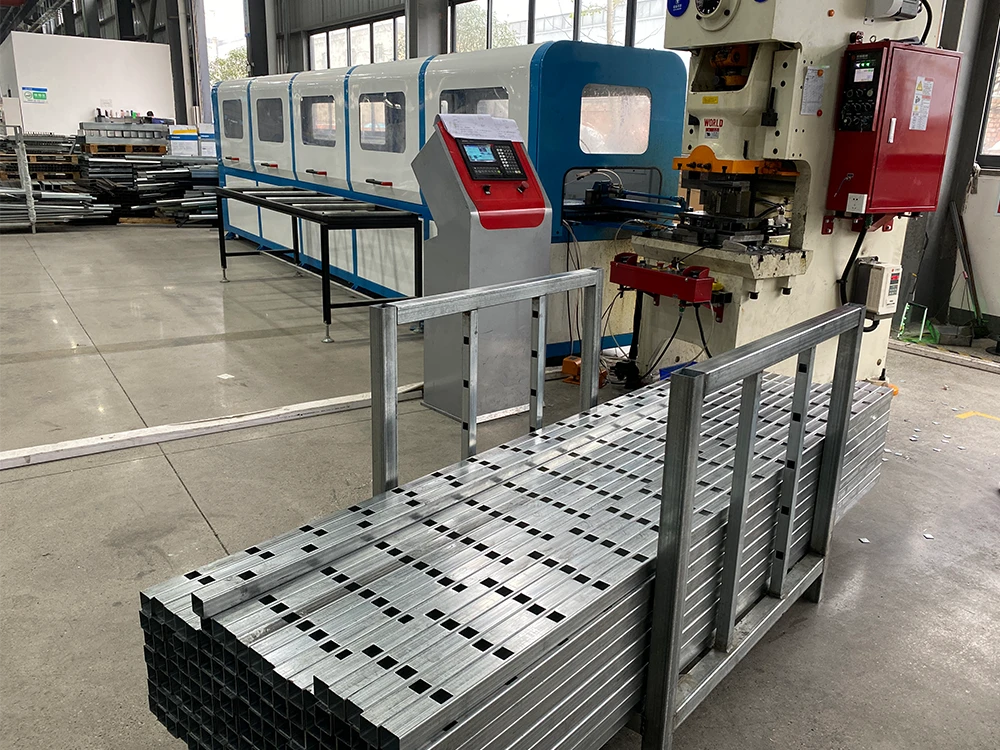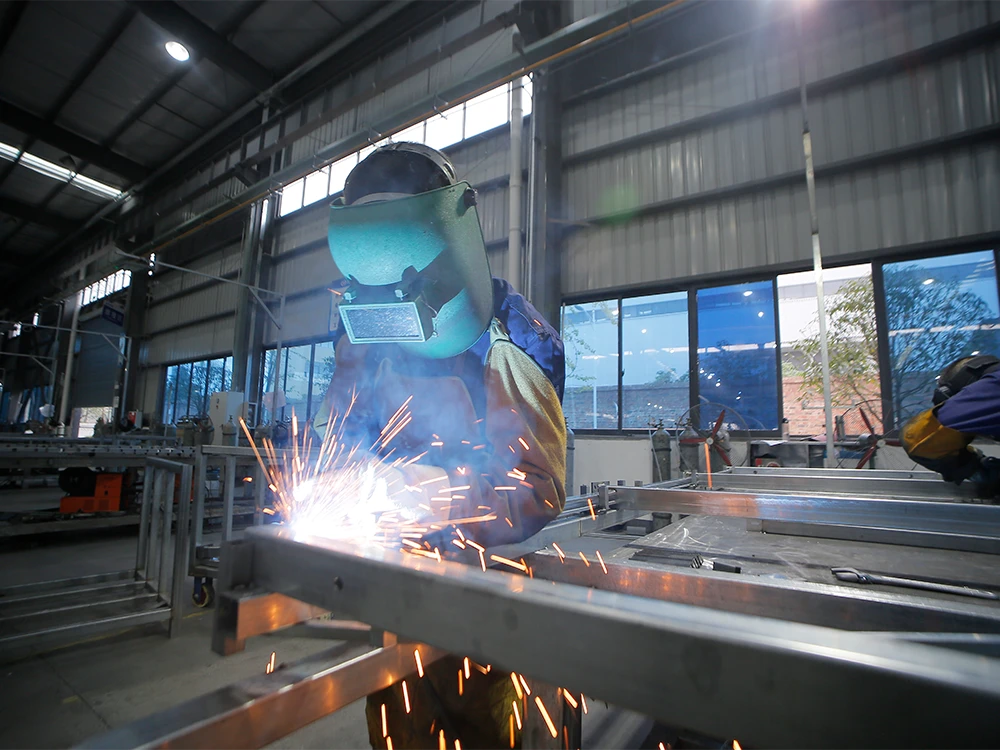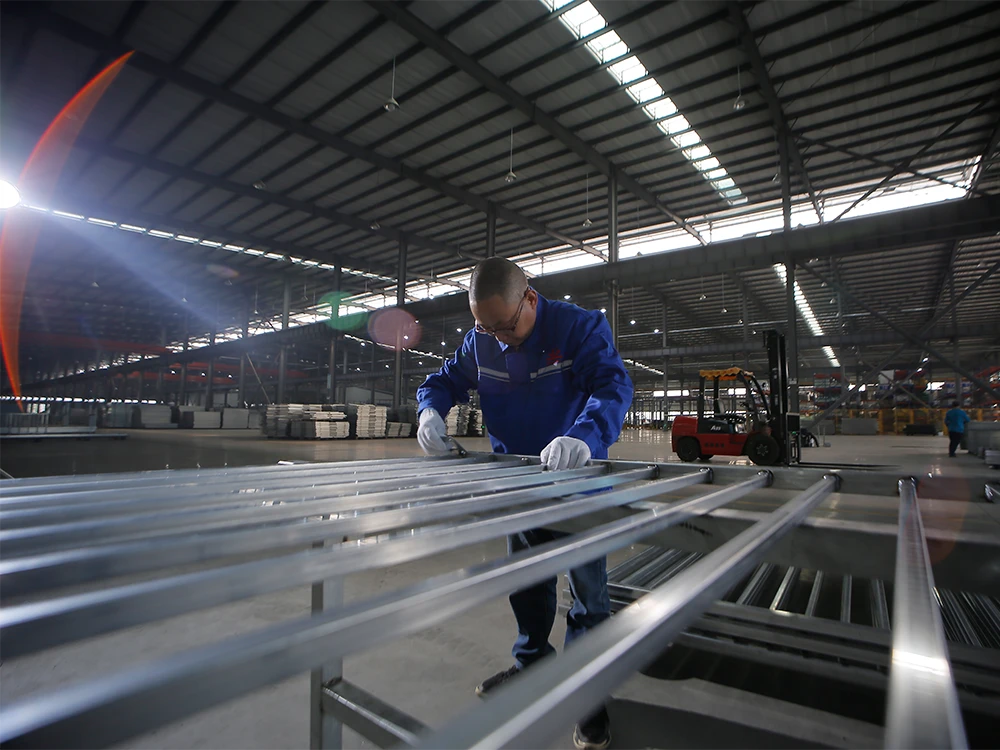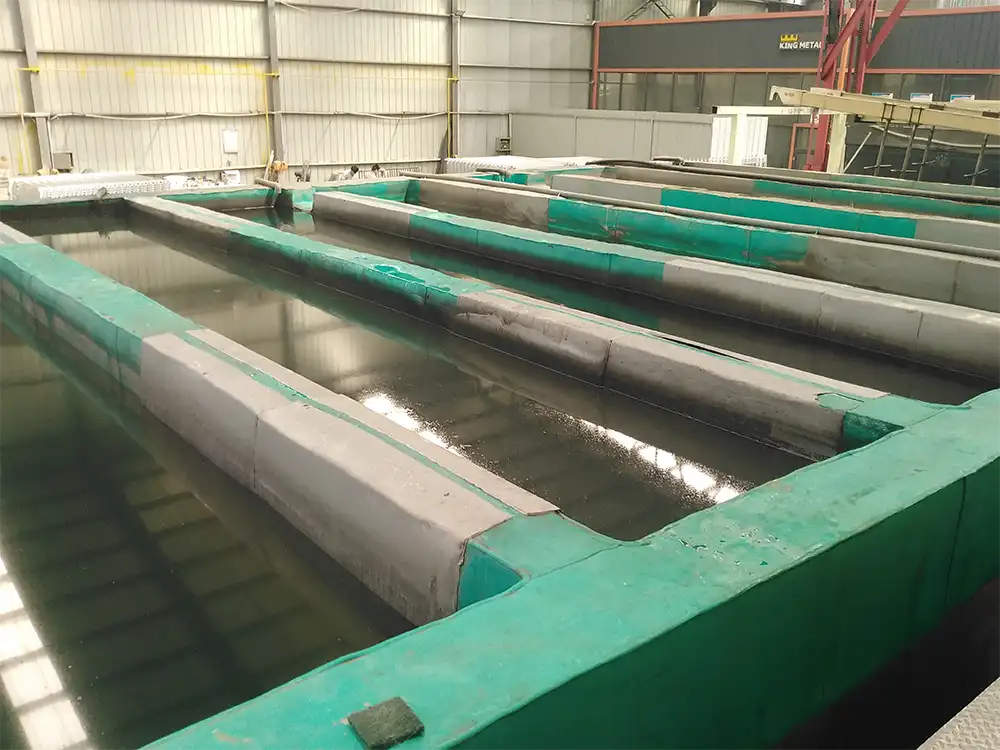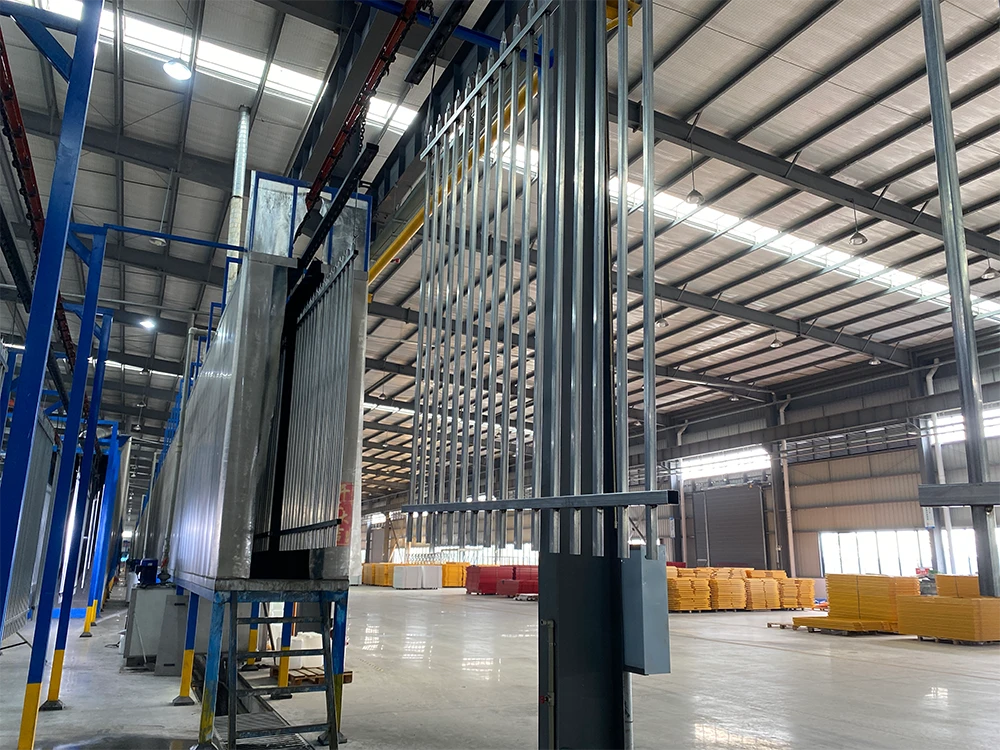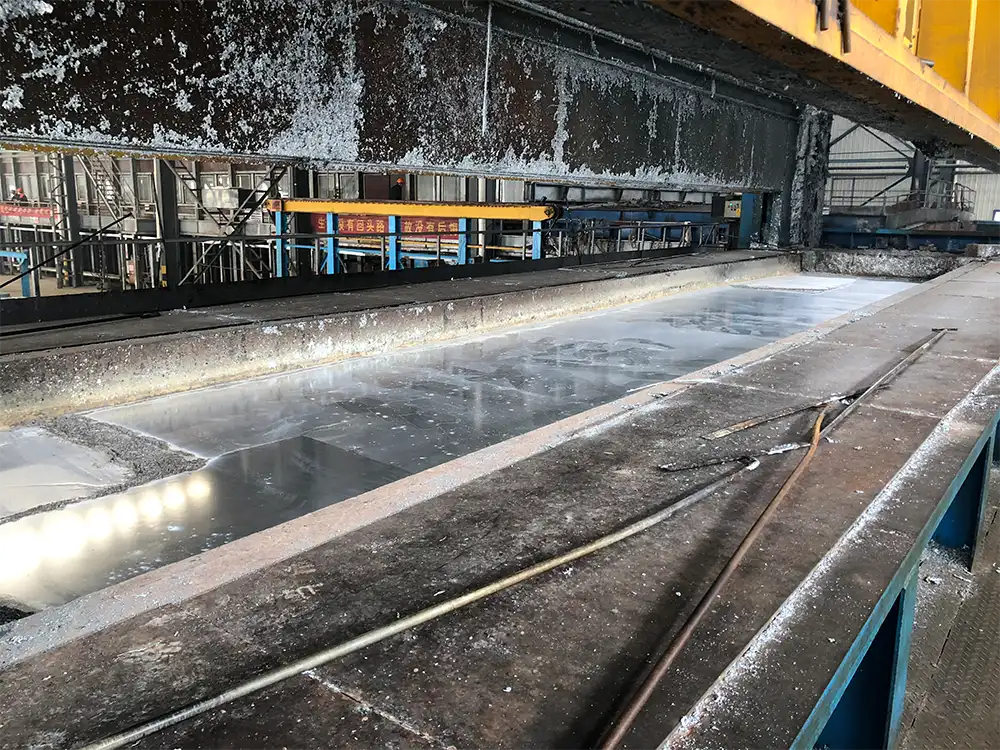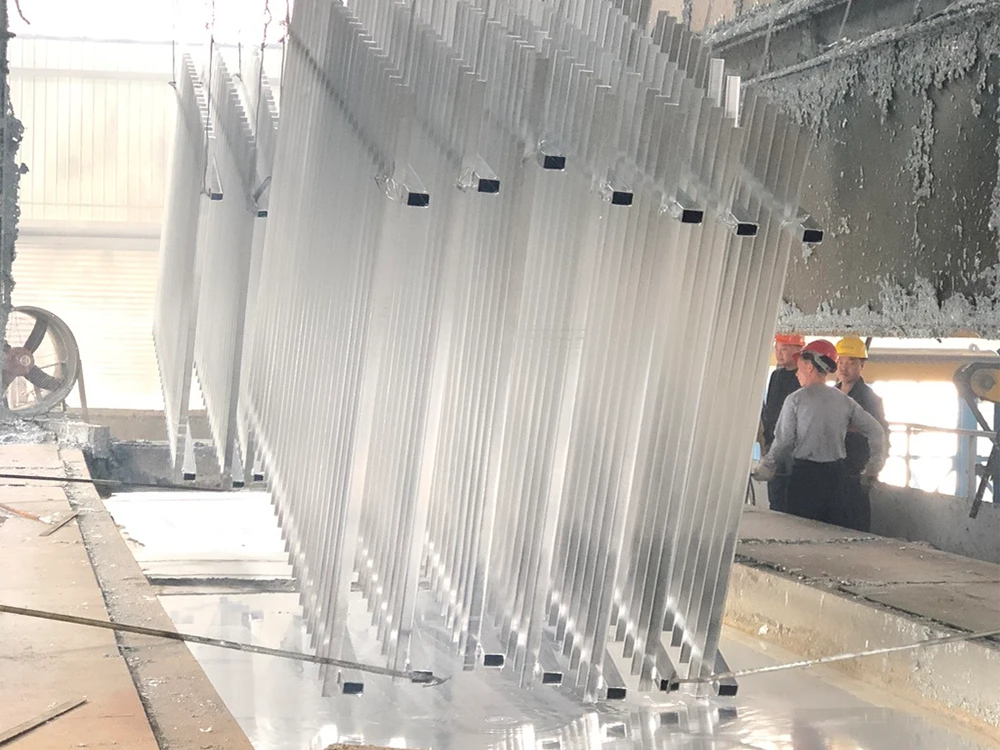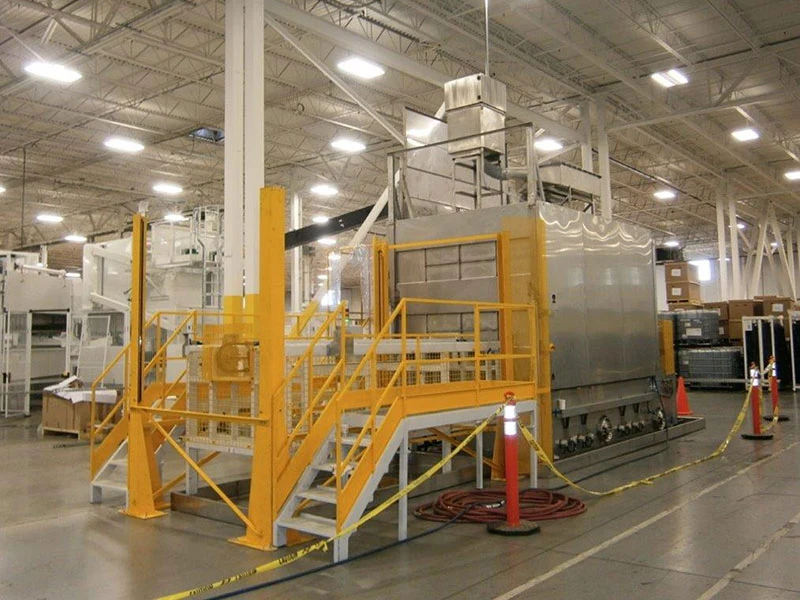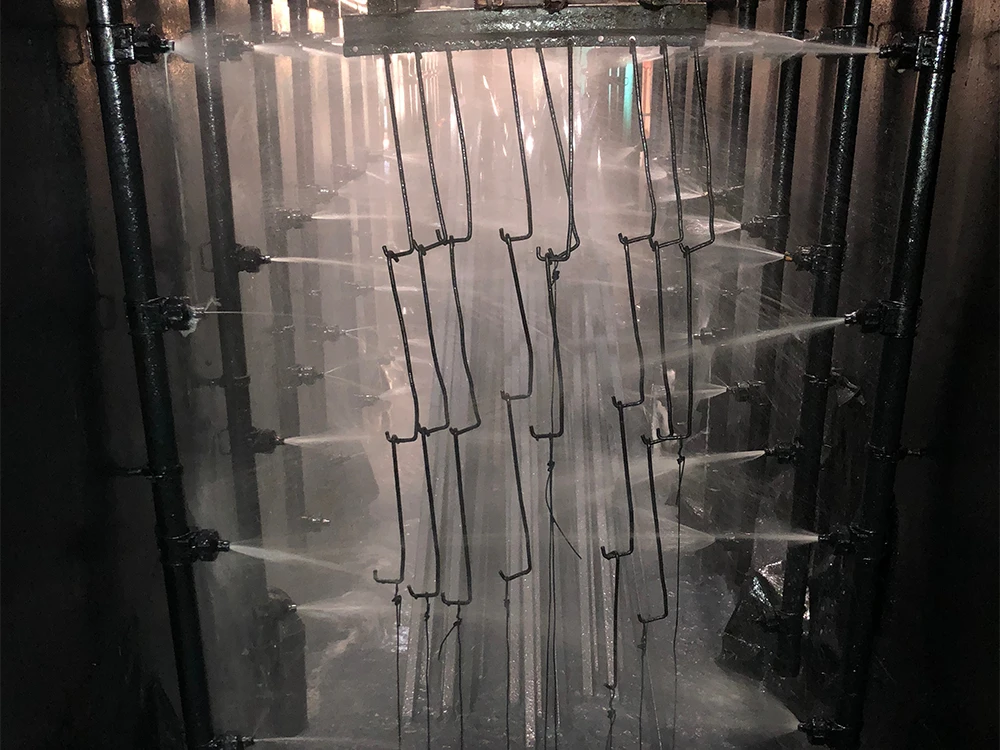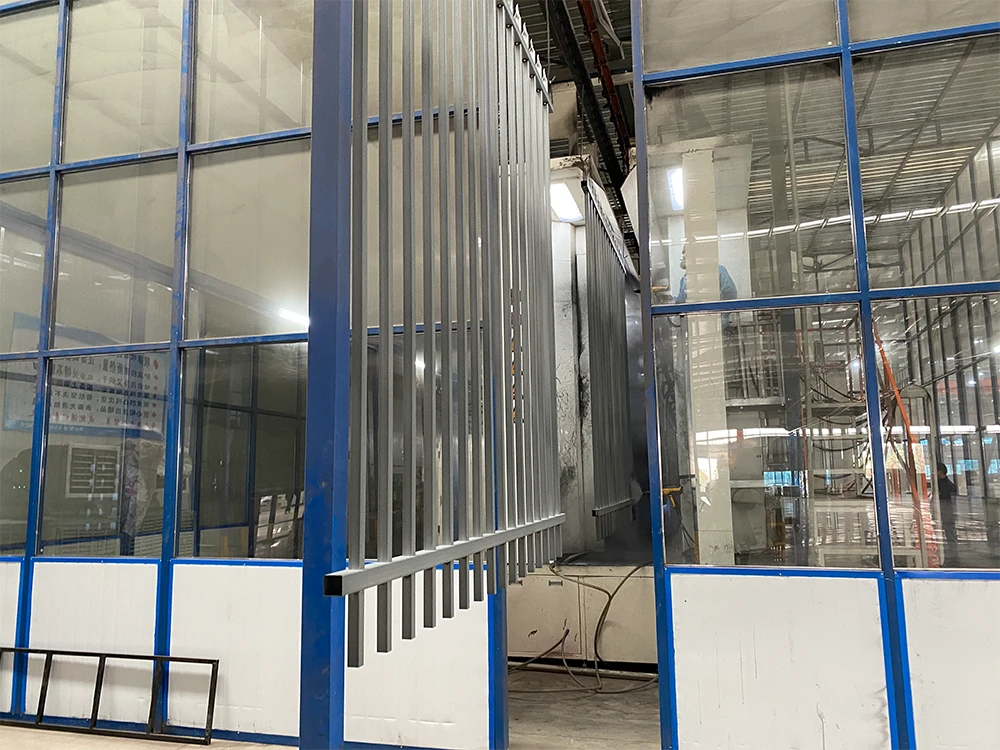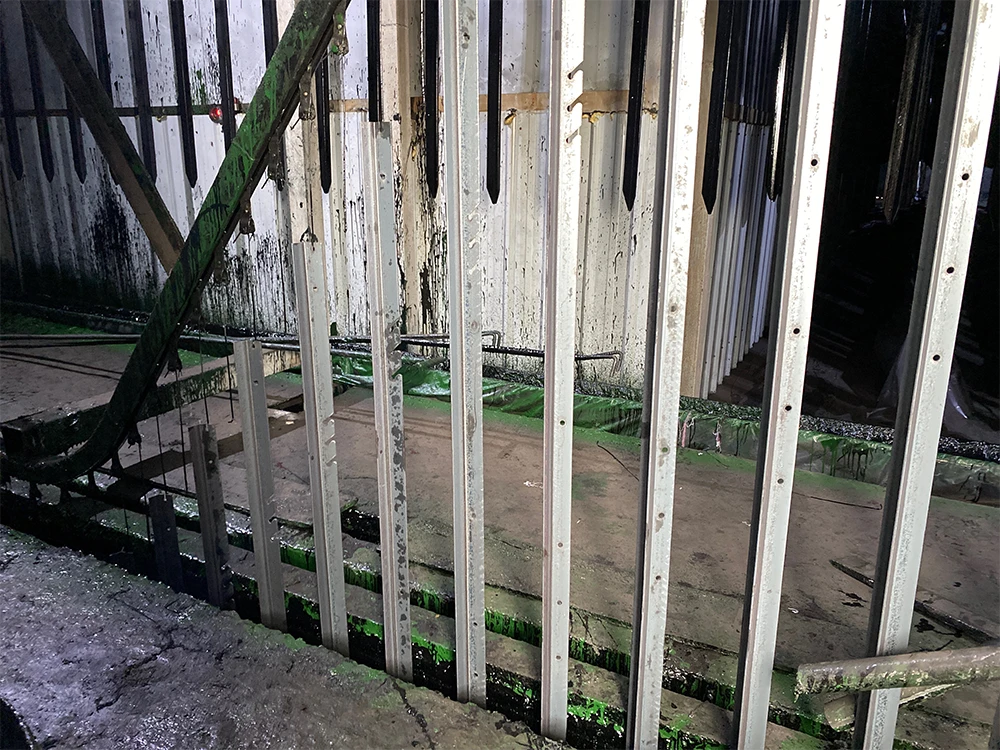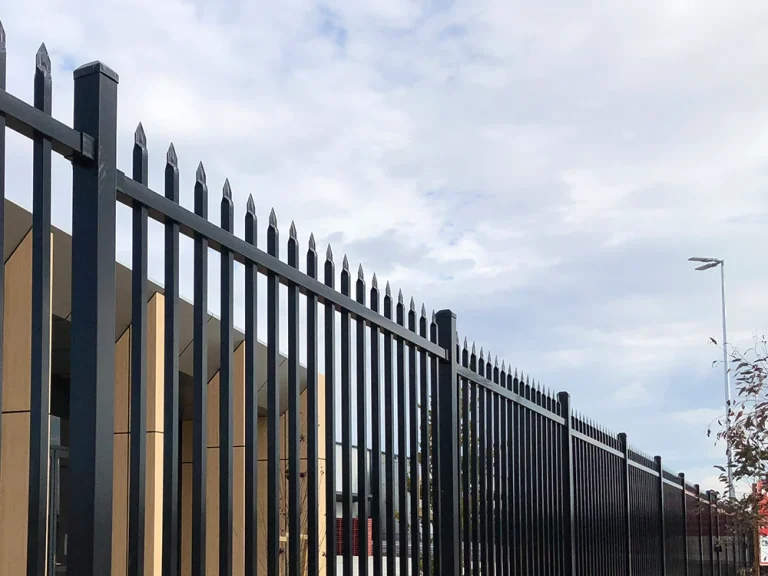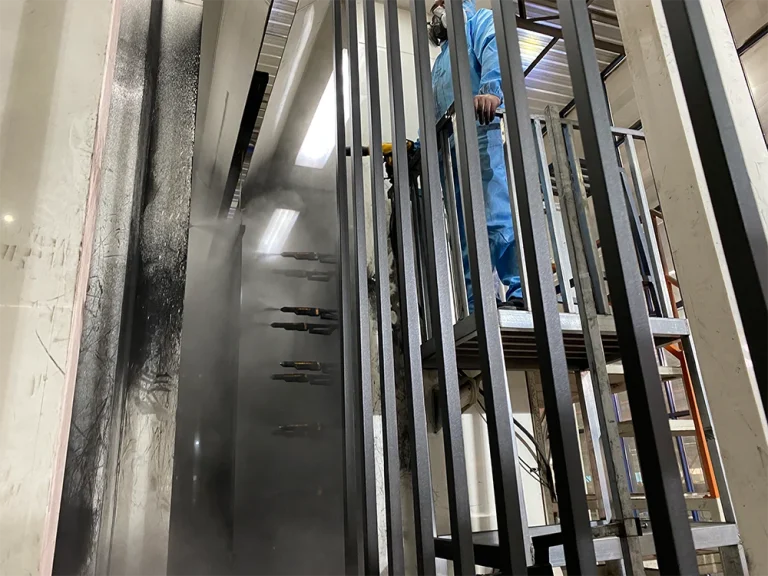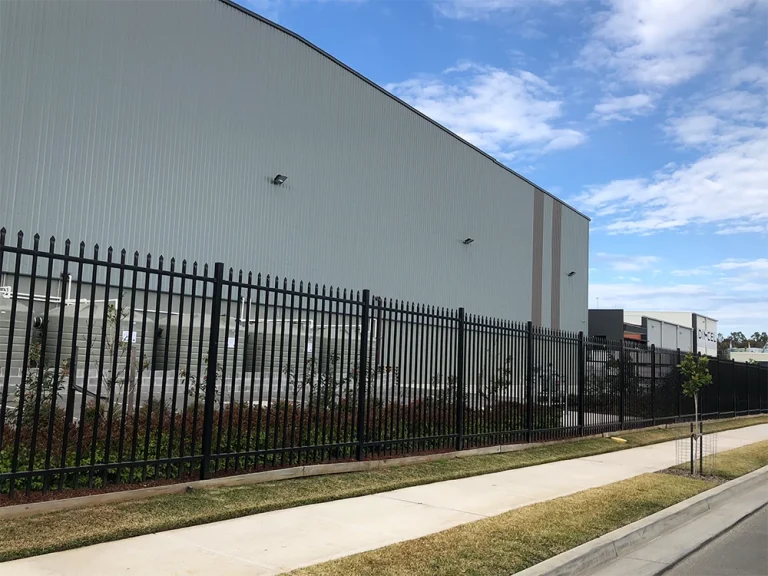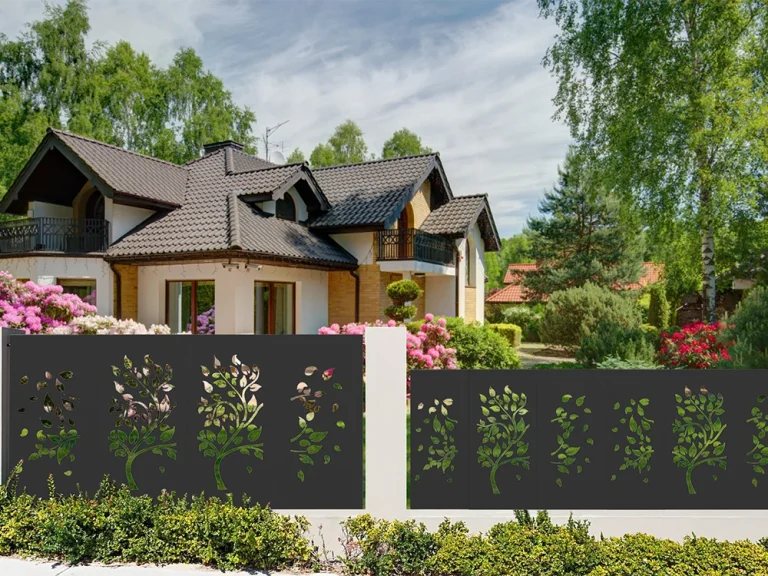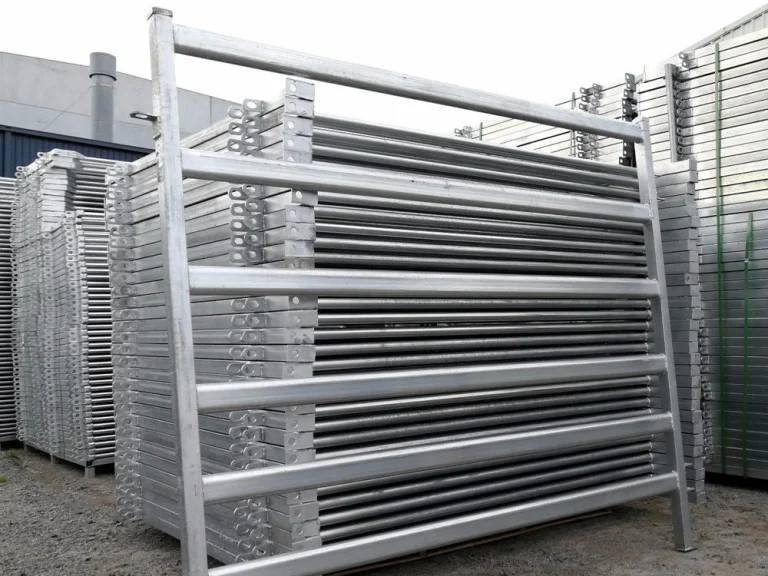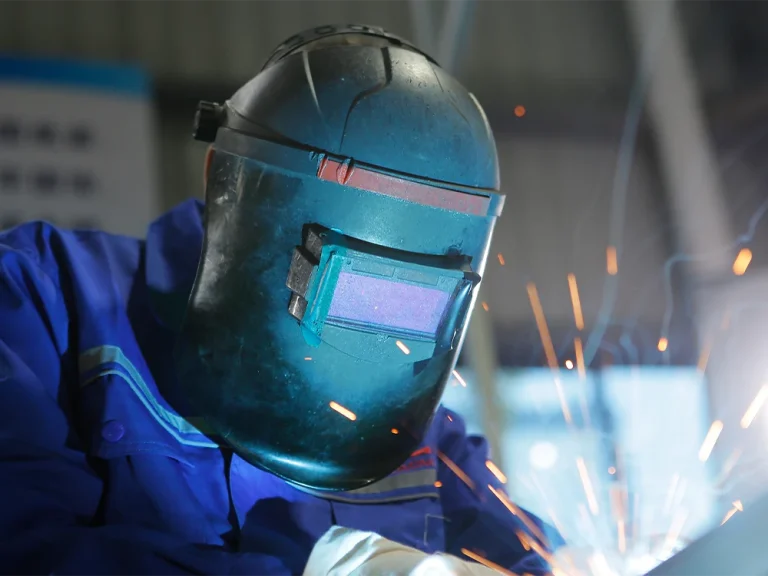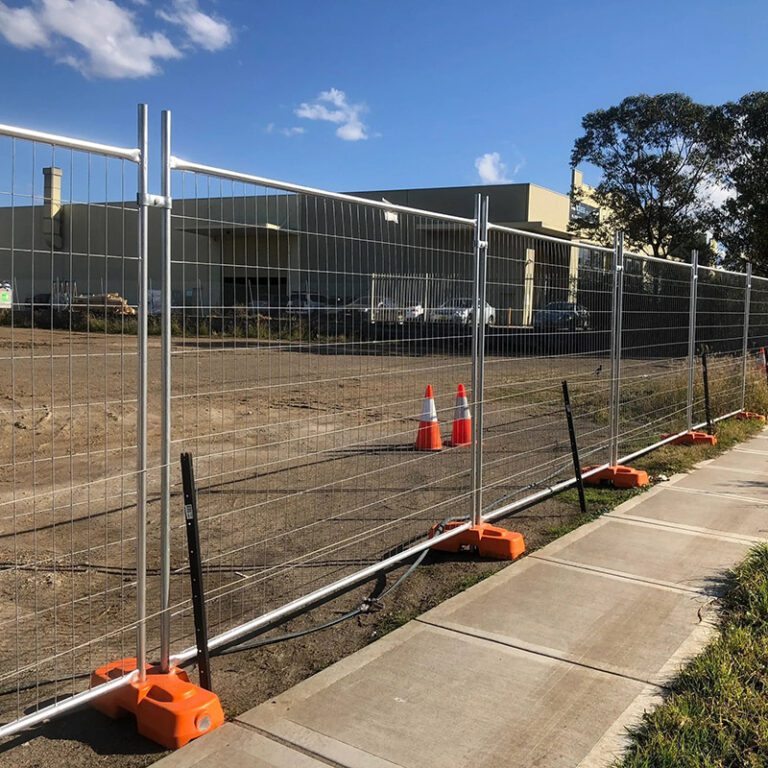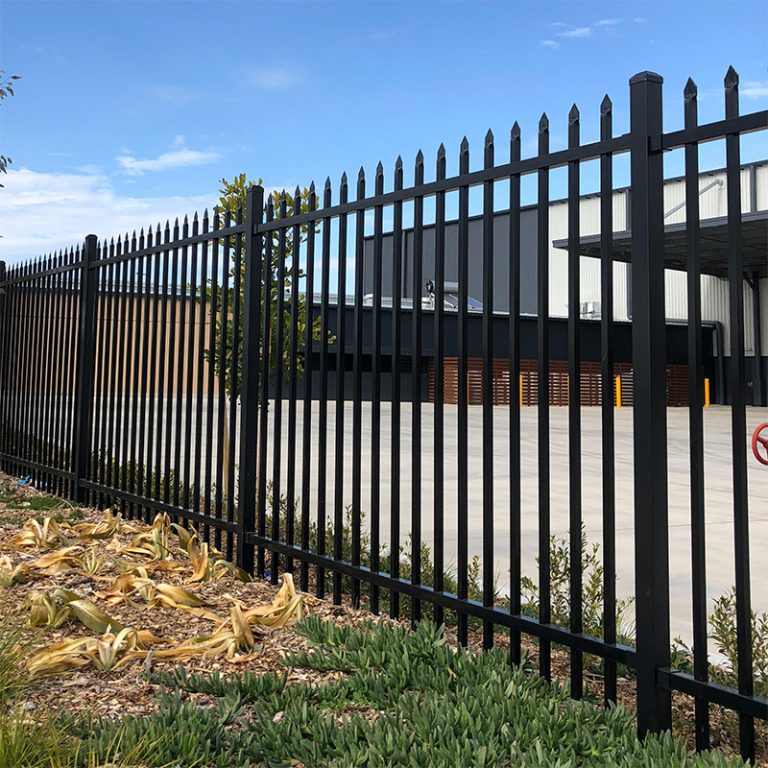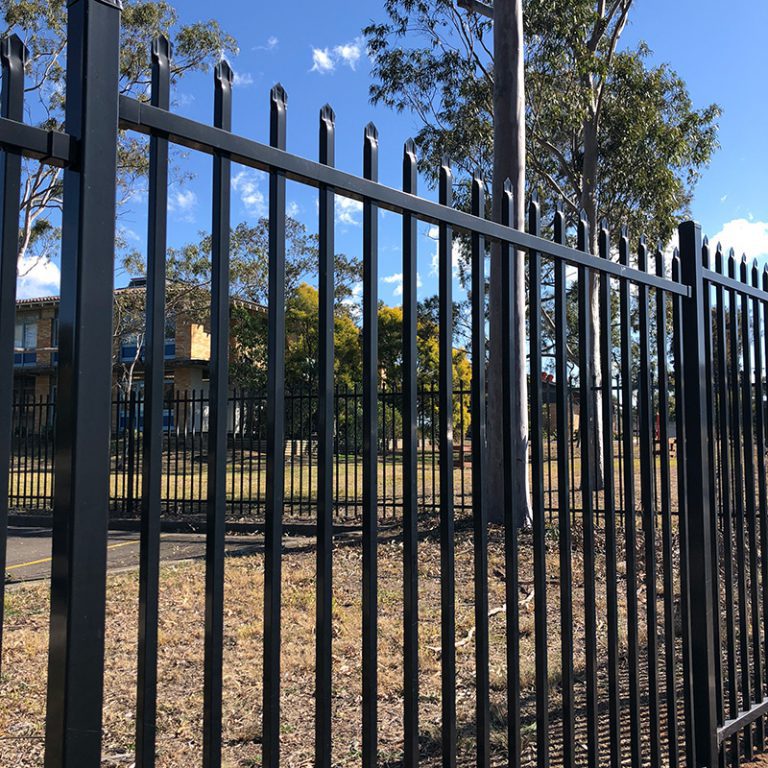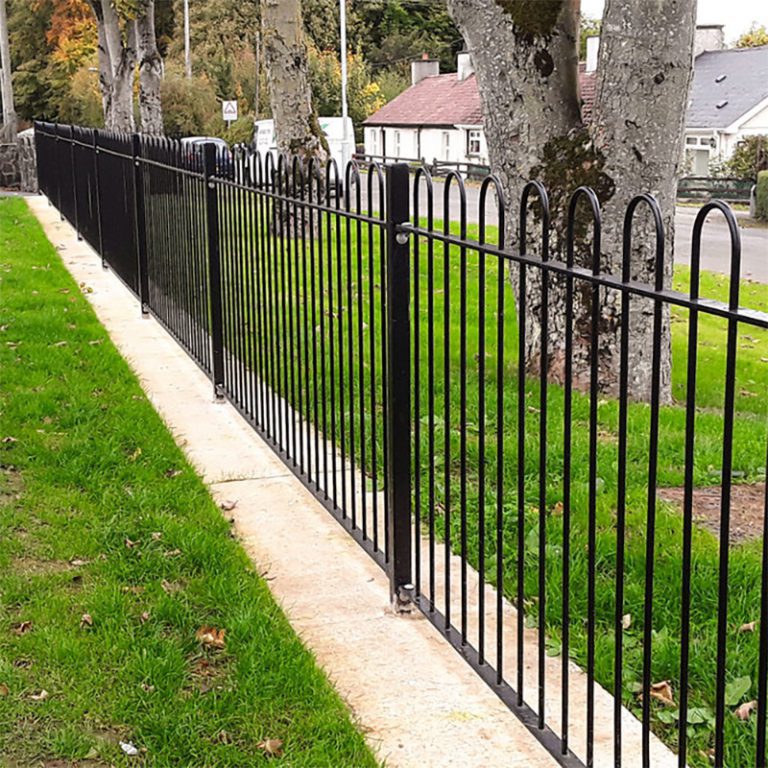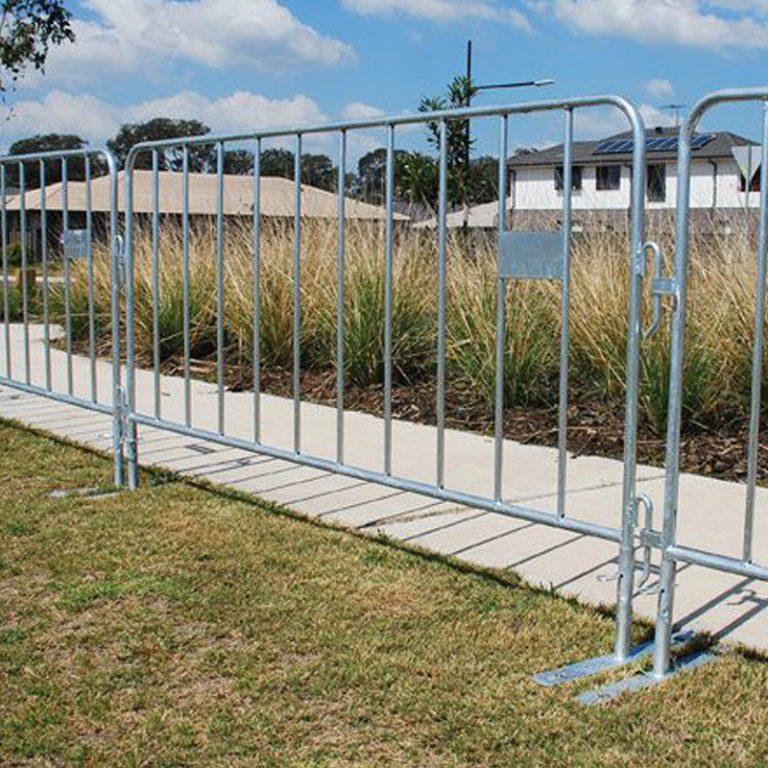As a professional fence manufacturer, understanding the various techniques involved in fence processing is critical to ensuring the durability, strength, and aesthetics of the final product. In this blog, we will break down the 15 essential processing techniques used in modern fence production. Each method plays a crucial role in shaping and refining the materials into high-quality fences.
1. Stamping
Stamping is one of the most fundamental techniques in fence processing technology. This process uses a stamping press to form specific shapes or cutouts from sheet metal, ensuring precision in each fence component. The stamping process can create repetitive patterns efficiently, making it ideal for mass production. Additionally, it allows for the creation of intricate designs, such as decorative elements in custom fences. As a result, stamping enhances both the structural and aesthetic value of fences.
2. Cutting
Cutting plays a crucial role in the fence production process. Metal sheets or pipes are cut into specific lengths and shapes before they are assembled. The accuracy of this process affects the alignment and fit of the entire fence. Various cutting tools, including saws and cutting torches, can be used depending on the material and desired outcome. This process requires high precision to avoid material wastage and ensure a smooth assembly phase.
3. Bending
Bending is essential in shaping metal parts for fences. It allows manufacturers to create curved or angled components without weakening the material. Bending fence processing techniques vary based on the material and the specific design requirements. The use of press brakes and other machines ensures accuracy, particularly when forming complex shapes such as arches or decorative patterns in metal fences.
4. Laser Cutting
Laser cutting offers a high degree of precision, especially for complex designs and tight tolerances in fence manufacturing. A focused laser beam cuts through materials like steel or aluminum, allowing intricate shapes or detailed patterns to be incorporated into fence panels. Laser cutting has the advantage of minimizing material deformation, ensuring that the final product has a smooth and clean edge.
5. Punching
Punching involves creating holes or slots in metal fence parts using a punch press. This technique is commonly used to make spaces for fasteners or hinges in fence gates. Punching is a quick, efficient method and is often automated for high-volume production. The process guarantees uniform hole placement, crucial for structural integrity and ease of assembly.
6. Welding
Welding is vital in connecting metal fence components. There are different types of welding methods used in fence manufacturing, including Metal Inert Gas (MIG) welding and Tungsten Inert Gas (TIG) welding. MIG welding is often used for its speed and ease, while TIG welding provides more precision, particularly for intricate joints or thin materials. Welding ensures that fence sections are securely fastened together, enhancing strength and durability.
7. Slag Removal
After welding, slag forms as a byproduct, which must be removed to maintain the fence’s aesthetics and structural integrity. This fence processing techniques cleaning process, known as slag removal, ensures that the welds are smooth, reducing the chances of corrosion and improving the appearance of the fence. Proper slag removal also contributes to the longevity of the fence, as it prevents rust buildup.
8. Pickling
Pickling involves using a chemical solution to clean the metal surface of oxides or impurities that form during processing. This is essential before applying coatings, as it ensures the surface is clean and ready for further treatment. Pickling enhances the metal’s resistance to corrosion and ensures that surface treatments such as galvanizing or painting adhere properly, adding longevity to the fence’s life span.
9. Phosphating
Phosphating is another surface treatment technique used in the fence production process. It involves applying a phosphate coating that serves as a corrosion-resistant layer. This process is typically a pre-treatment step before painting or powder coating, as it enhances the bond between the metal surface and the protective layer. Phosphating contributes to long-term durability, especially in outdoor environments.
10. Electro-Galvanizing
In electro-galvanizing, a thin layer of zinc is applied to the fence material through an electrochemical process. This adds a level of corrosion protection without altering the appearance or dimensions of the material. Electro-galvanized fencing is generally suitable for environments with moderate exposure to moisture or chemicals. This process is faster and less expensive than hot-dip galvanizing, but it offers less robust protection.
11. Hot-Dip Galvanizing
Hot-dip galvanizing involves immersing the fence components into molten zinc. This fence processing techniques method creates a thicker, more durable layer of zinc that provides excellent corrosion resistance, especially for outdoor fences exposed to harsh weather. Hot-dip galvanizing is often the preferred method for large-scale fence manufacturing where longevity is a priority. This process produces a finish that is strong and durable, so it can withstand high-stress conditions over long periods of time.
12. Dacromet Coating
Dacromet coating, known for its excellent anti-corrosion properties, is applied through a dipping process followed by heat curing. This advanced coating technology is highly durable and offers superior protection in harsh environments. Dacromet coatings are often suitable for booms subject to marine conditions or in industrial areas where corrosion is a significant problem.
13. Electrophoresis (E-coating)
E-coating is an advanced method that ensures even and consistent coating coverage on all fence components. This fence processing technique process involves submerging the metal parts in a paint bath and applying an electrical charge, causing the paint particles to adhere uniformly to the surface. E-coating offers superior corrosion resistance and is commonly used in conjunction with powder coating to enhance durability. However, most of our Farm Accessories can also adopt this process, so they can be suitable for long-term farm environment erosion and give customers a better user experience.
14. Powder Coating
Powder coating is a dry finishing process where an electrostatically charged powder is sprayed onto the fence material. The fence is then cured in an oven, creating a smooth, protective layer that is resistant to chipping, scratching, and UV damage. Powder coating is ideal for adding both protection and aesthetic appeal to fences, with a wide range of colors and finishes available. Our Palisade Fencing, Garrison Fencing, and Spear Top Fence all use powder coating technology, so they are highly safe and durable, and there are a variety of specifications to choose from.
15. Dip Coating
Dip coating involves submerging the fence parts into a liquid coating solution. This method is particularly effective for adding a thick, uniform layer of protection against corrosion. Dip-coated fencing is often suitable for highly corrosive environments, providing a long-lasting barrier against rust and weather. Our Star Pickets adopt this process, so they are suitable for various outdoor environments, have excellent performance, and very long service life.
Our Expertise in Fence Processing Technology
At FENCE DEPOT, we specialize in leveraging these advanced techniques to produce high-quality fences tailored to your needs. Our state-of-the-art machinery, skilled workforce, and commitment to precision set us apart in the industry. Whether it’s laser cutting for intricate designs or hot-dip galvanizing for superior corrosion resistance, our production processes ensure that your fence will withstand the test of time.
Conclusion
The comprehensive range of processing techniques outlined above showcases the complexity involved in modern fence manufacturing. Each method, from cutting to surface treatments like powder coating, plays a vital role in delivering durable, aesthetically pleasing, and cost-effective fences. At FENCE DEPOT, we pride ourselves on mastering these techniques and providing high-quality products that meet your specific requirements. By utilizing the latest advancements in fence processing technology, we ensure that our fences are built to last.

